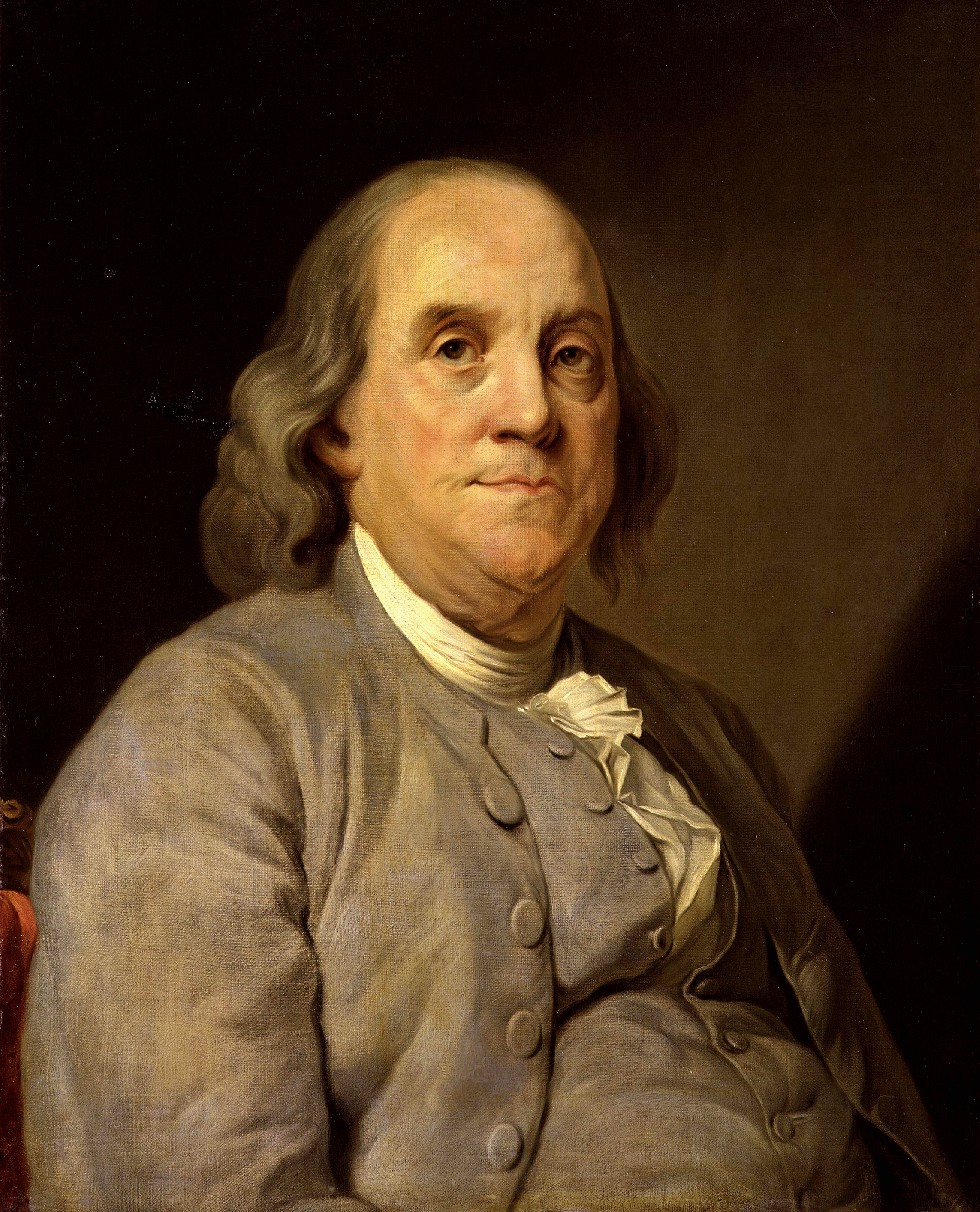While researching the Doane line, I came across the dramatic story of the schooner Abigail, which illustrates how dangerous shipping could be in the Cape Cod area in the 18th century (1). It's also a reminder that we're descendants from, essentially, the entire county of Barnstable, Massachusetts, which covers the outer hook of Cape Cod. Or, at least, it's 17th and 18th century inhabitants.
The Abigail was owned by Captain Thomas Nickerson of Chatham, in Barnstable county. [He was my first cousin, 8x removed. His father, Thomas, was the brother of Desire Nickerson, which is both her maiden and married name, my 7xgreat-grandmother.] By the late 1700s, the economy in Barnstable county was focused on fishing and shipping. Captain Nickerson used his schooner to transport cargo between Boston and the outer Cape Cod.
On November 15, 1772, the Abigail was found by Captain Joseph Doane Jr., himself piloting a schooner from Boston to Chatham, with her distress signal flying. [Joseph Doane Jr. was the son of pirate-hunter Joseph Doane, and therefore my 3rd cousin, 7x removed.] When Captain Doane boarded the vessel, he found the deck awash in blood and the cargo smashed open. Three men were dead, clearly murdered: Captain Nickerson himself, his cousin Sparrow Nickerson [also a relative of ours], and his brother-in-law Elisha Newcomb. [As far as I know, Elisha Newcomb was not related to our family, but I can't find his genealogy.]
There was one survivor, Ansel Nickerson. [Presumably, Ansel was also a cousin of mine, since he was a cousin of the captain, but I haven't found his place in the genealogy (2).] Ansel claimed that at 2am that morning, the crew had seen a topsail schooner heading toward them. Fearing he would be impressed into the British Navy, Ansel tied a rope around himself and let himself hang off the stern of the ship. While hanging, he heard four boats of armed men attack the ship, murder his captain, mate, and a crew-member, and carry off the youngest crew member, a boy of 13 named William Kent Jr. The pirates stole what they could, smashed open a barrel of rum and drank it, then argued about whether to burn the Abigail or just leave her to wreck herself. Luckily for Ansel, they decided to leave her.
Captain Doane carried the distraught Ansel Nickerson back to Chatham, but that was not the end of the story. For reasons that are not clear, the local official, Edward Bacon, Esq., was suspicious of Ansel's story. [I don't know if we're related to Edward Bacon. I can't find information about his family, but I don't know of any connections to a Bacon.] It seems unlikely that Ansel could have murdered four men -- for no known motivation -- without sustaining any injuries himself, but he was sent to Boston where he was tried for murder on the high seas and found not guilty when the jury deadlocked.
The public and the courts were not satisfied, so Ansel was tried again, this time by a special Court of the Vice-Admiralty which charged him with piracy and robbery. He was represented by two Boston lawyers, John Adams and Josiah Quincy Jr., who had, two years earlier, successfully defended the British soldiers accused in the Boston Massacre. (And one of whom, of course, later became the president of the United States.) The trial lasted two weeks. Although Ansel was acquitted, something about his story, character, or evidence must have been extremely suspicious, for John Adams himself wrote in his diary, years later, that he was uncertain of his client's guilt or innocence. Ansel eventually moved to the Caribbean. Many of his neighbors remained convinced of his guilt.
Joseph Doane Jr., who had found the Abigail, went on to serve in the Revolution under Captain (later Colonel) Benjamin Godfrey of the Massachusetts militia [my 1st cousin, 9x removed. His father's brother, Moses Godfrey, was my 8xgreat-grandfather].
References:
1. Nickerson, Joseph A., Jr., and Geraldine D. Nickerson. 2008. Chatham Sea Captains in the Age of Sail. The History Press, p. 25-26. Available on-line here: https://books.google.com/books?id=FXgVBAAAQBAJ&pg=PA91&dq=boston+ship+captains&hl=en&sa=X&ved=0ahUKEwi7orXDq8TMAhVkIcAKHXLKBuYQ6AEIRjAH#v=onepage&q=Nickerson&f=false
2. http://capecodhistory.us/genealogy/Nauset/i2819.htm

